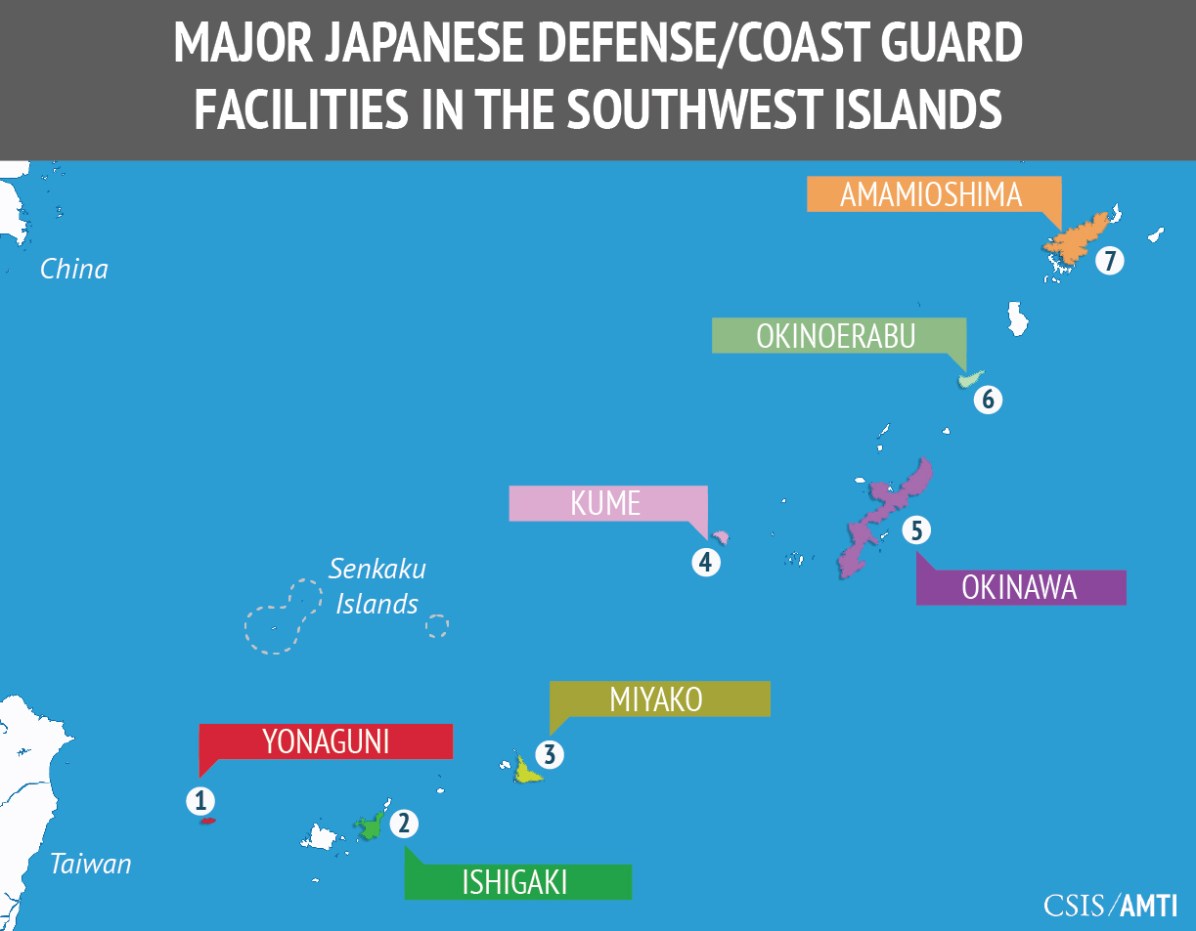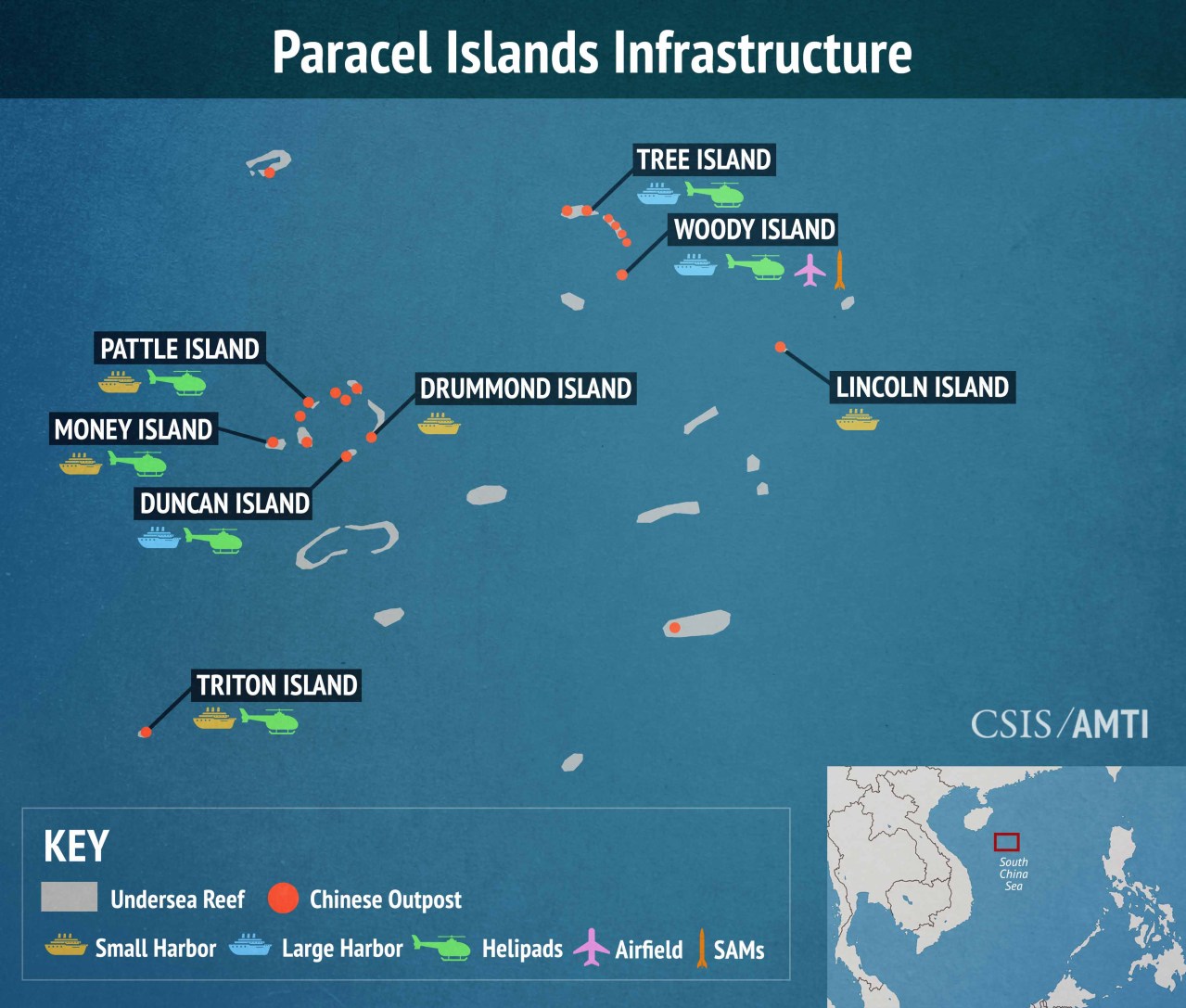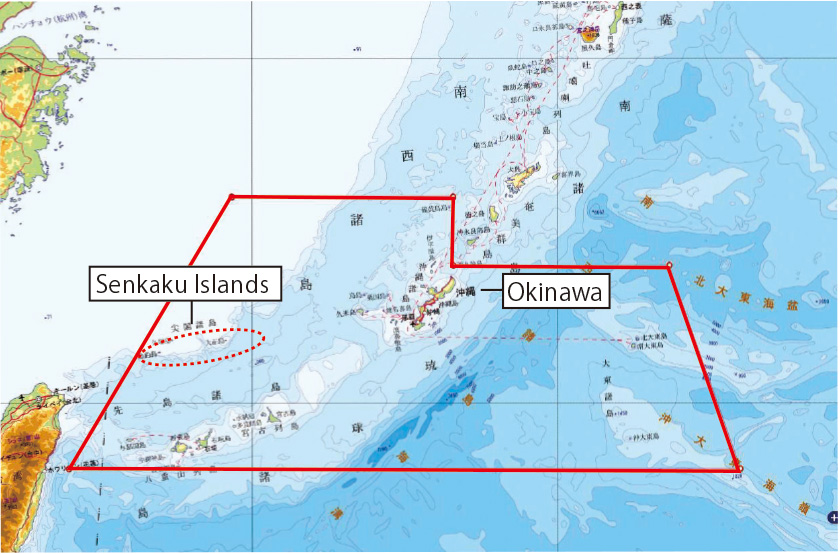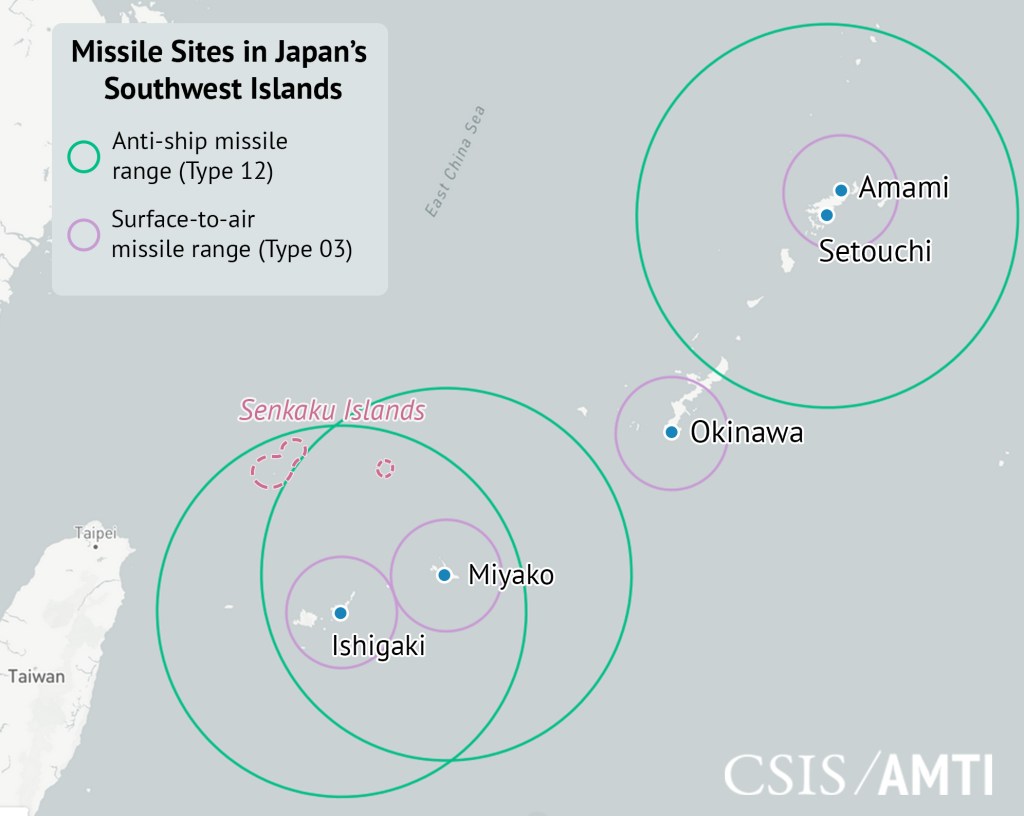INDIAN ARMED FORCES CHIEFS ON OUR RELENTLESS AND FOCUSED PUBLISHING EFFORTS

The insightful articles, inspiring narrations and analytical perspectives presented by the Editorial Team, establish an alluring connect with the reader. My compliments and best wishes to SP Guide Publications.

"Over the past 60 years, the growth of SP Guide Publications has mirrored the rising stature of Indian Navy. Its well-researched and informative magazines on Defence and Aerospace sector have served to shape an educated opinion of our military personnel, policy makers and the public alike. I wish SP's Publication team continued success, fair winds and following seas in all future endeavour!"

Since, its inception in 1964, SP Guide Publications has consistently demonstrated commitment to high-quality journalism in the aerospace and defence sectors, earning a well-deserved reputation as Asia's largest media house in this domain. I wish SP Guide Publications continued success in its pursuit of excellence.
- Operation Sindoor: Resolute yet Restrained
- Advanced MRSAM for India for a greater firepower
- Japan and India set forth a defence cooperation consultancy framework, talks on tank and jet engines
- Uri, Pulwama and now Pahalgam
- Terrorist Attack in Pahalgam in Kashmir: Unfolding a long surgical war against PAK
China adopts an aggressive posture against Japan
From the aggressive posture that China has adopted in the region, it is clear that focus of her policy is directed against Japan, her most powerful enemy in the region.
 |
The Author is Former Air Officer Commanding-in-Chief of Training Command, IAF |

As per the authorities in Japan, over the last ten years or so, incidents of violation of the airspace of Japan by aircraft of the People’s Liberation Army Air Force (PLAAF) of China especially over the South Western region, has been progressively increasing. This has led to enhanced pressure on the Japanese Air Force which is a part of the Self Defence Forces (SDF) of the nation. The combat squadrons of the Japanese Air Force are on alert round the clock and have to scramble their F-15J fighter jetsat least two to three times in 24 hours in response to the intrusion by aircraft of the PLAAF by day or night.
There has been an ongoing dispute over the islands in the South China Sea between China and Japan as also with other nations in the South East Asian region such as the Philippines, Vietnam, Thailand, Malaysia, Brunei and Taiwan, all of whom have competing claims over these islands. The list of the important islands over which dispute between these nations that have been raging for over a decade, includes the Paracel and Spratly Islands as also the Senkaku Islands. The basic problem is that ownership of these islands have never been clearly defined and there have always been conflicting claims for years by the nations in the region in respect of ownership of these islands.
ISLAND TERRITORIES IN THE SOUTH CHINA SEA
The Paracel Islands, also known as Xisha Islands in China,consists of around 130 small coral islands and reefs, spread over a maritime area of around 15,000 square kilometres and altogether has a land area of approximately 7.75 square kilometres. The Paracel archipelago is located between the coastlines of China and Vietnam almost equidistant from both and is approximately one-third of the way from central Vietnam to the Northern part of the Philippines.

The Spratly Islands that are known as Nansha Qundaoin China, are composed of large group of reefs, shoals, atolls and small islets in the South China Sea. This group of islands is named after the 19th-century British Navy Captain Richard Spratley who discovered the islands in 1843. The Spratley Islands have a total land area of less than two square kilometres and the islands are scattered over a maritime area of more than 4,25,000 square kilometres. This group of islands is located North of insular Malaysia and lies is roughly midway between Vietnam and the Philippines. These islands have been claimed wholly or in part, by several countries in the regionincluding China that claims that it has had ownership of the Spratly Islands for several centuries.
The third group of islands in the region that is of importance is known as the Senkaku Islandslocated in the East China Sea. This group of islands is known as the Diaoyu Islands or Diaoyu Dao in China. The Senkaku Islands are located East of Mainland China, North East of Taiwan and West of Okinawa Island. The Senkaku Islandsare the cause of a territorial dispute between Japan and China as also between Japan and Taiwan. China claims the discovery and ownership of the islands since the 14th century, while Japan maintained ownership of the islands from 1895 until its surrender at the end of the Second World War.

Currently, the Chinese government claims that almost the entire South China Sea, including all the three island groups described above, is within its sphere of influence. However, these claims by China has been challenges by the Philippines and Vietnam in particular.
RELATIONSHIP AMONGST THE NATIONS IN THE REGION
In the early 1990s, after the end of the Cold War, China made a fresh and determined effort to improve relations with the nations in South East Asia. The relationship between China and the nations of South East Asia shifted from focusing on security coordination to real, substantive cooperative partnerships. With the Cold War ending, the South China Sea issue emerged to become a more salient security issue between China and Southeast Asia, especially between the claimant states. Officially, China regarded the period from 1990 to 2000 as the Golden Decade in the relationship between her and the Association of South East Asian Nations (ASEAN). Unfortunately, this state of bliss did not last long as the South China Sea transformed into a major security issue between China and South East Asia, especially between the nations that laid claims of ownership on the various islands in the South China Sea. In early 2014, as a part of its newly conceived expansionist policy, China began intensively expanding the land area creating new artificial islands.
China regarded the period from 1990 to 2000 as the Golden Decade in the relationship between her and the Association of South East Asian Nations (ASEAN).
CHINA’S DRIVE AT EXPANSION
Satellite imagery of the South China Sea reveals China’s activities in the area. China has enlarged the size of the existing islands as also created new islands. On the Paracel and Spratly Islands, China has constructed airstrips and has created military installations and has built a number of sea ports. In fact, on Woody Island, the largest island in the Paracel archipelago, China has built a military airfield that has combat aircraft deployed there apart from cruise missiles and air defence radar. China has established her own Air Defence Identification Zone (ADIZ) which includes the airspace over Senkaku Islands, to monitor and control all air traffic operating through the airspace over the South China Sea, making it mandatory to obtain clearance from the appropriate agency in China before flying through the ADIZ established by her.

From the aggressive posture that China has adopted in the region, it is clear that focus of her policy is directed against Japan, her most powerful enemy in the region. As things are, the pressure on the armed forces of Japan from the Chinese armed forces, is only going to increase in the future. In the event of a full scale war in the region initiated by China, in all likelihood, among the nations in the region, Japan willbe the primary focus of the Chinese armed forces.





